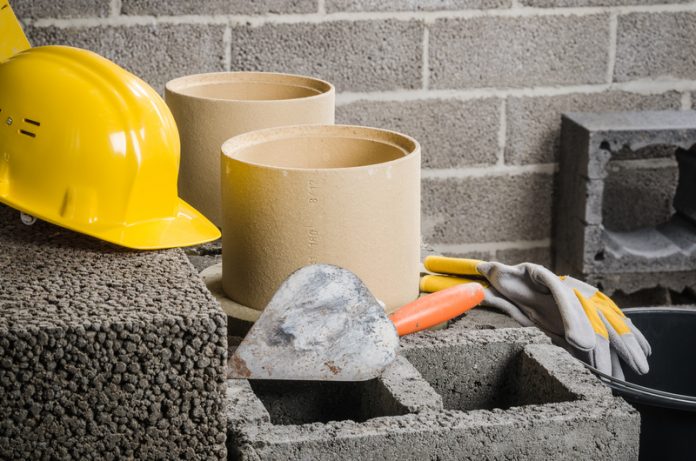Traditional and modular construction are very different from one another. Premier Guarantee examines the pros and cons
The traditional method of construction has been the accepted norm for a long time. By its very definition, the word traditional means conventional, customary and established. Modular construction, on the other hand, revolutionises everything, from cutting time to changing attitudes.
There are pros and cons to each method.
Both traditional and modular construction begins in the same way. Planning, design, approvals, site preparation and development are all required. But, from this point onwards, everything changes.
Traditional construction
Foundations are laid, walls are built, roofs are added and then the interior of the building begins to be created. Finally, before being handed over to the customer, the snag-list is drawn up and tackled – all those small issues and tasks that need addressing. Then, and only then, is the building officially complete.
Modular construction
As the foundations are being laid on site, construction of the building is already taking place in a factory by skilled craftspeople, including interior and exterior finishes, electrics, plumbing and flooring. Before the building is delivered to the site, the snag-list is completed at the factory. The building is then transported, fixed in place and the keys handed over.
Benefits:
Time: On average, a modular building is constructed 50% quicker than one using the traditional method, resulting in an earlier return on investment.
Budget: Modular buildings can be more affordable than site-built buildings. Shorter build time tends to mean significant cost savings. Also, there are no dead-spots in the process waiting for materials.
Weather: As the major parts of construction are carried out in a factory, modular builds don’t run the risk of being rained off. Vandalism too is far less of a problem.
Health, safety and quality: Factory conditions allow for far greater control and improvement of all three compared with the traditional building site.
Environmentally friendly: Modular builds are more energy-efficient, create less waste and increase the use of sustainable materials. There is also a reduction in the carbon footprint of the build as fewer people are travelling to and from the site.
Community friendly: Traditional builds traditionally create more noise, traffic, mess and disruption.
Affordable living: Once completed, modular buildings cost less to live in – they’re cheaper to heat and maintain, eg no repainting or surface repairs required.
Adaptable: Modular buildings can be easily expanded, relocated or reused.
Pitfalls:
Access: As they come ready to put in place, modular construction requires careful consideration to be given to access for delivery, not just the site itself but approaching roads.
Change: Traditional building methods allow for late changes in design to be made, whereas modular construction is less likely to be able to factor this in and requires client sign-off far earlier.
Rigorous planning: The logistics of individual module assembly demands far more rigorous planning to ensure a project goes smoothly.
The benefits would appear to directly outweigh the pitfalls. However, every project needs to be considered individually. The pros, cons and limitations of both traditional and modular construction should be carefully assessed to ensure the ultimate desired outcome is achieved.
Premier Guarantee
Tel: 0800 107 8446
Twitter: @PG_Live
Please note: this is a commercial profile














